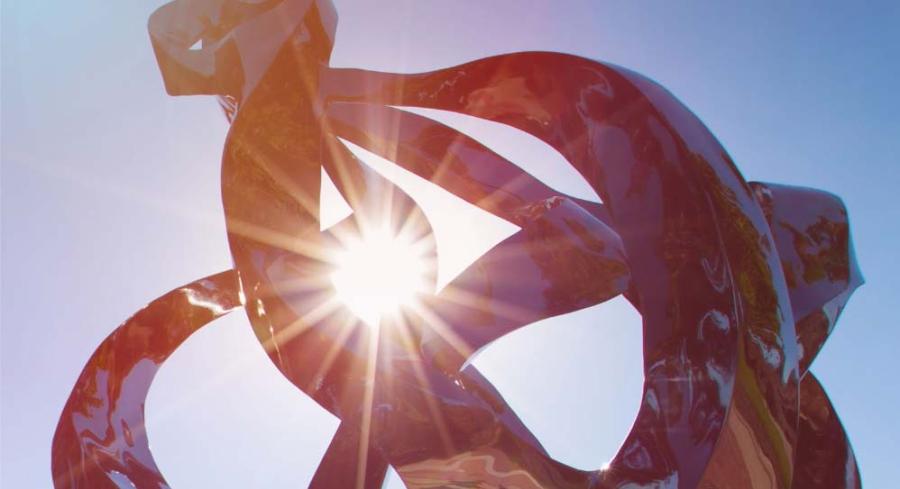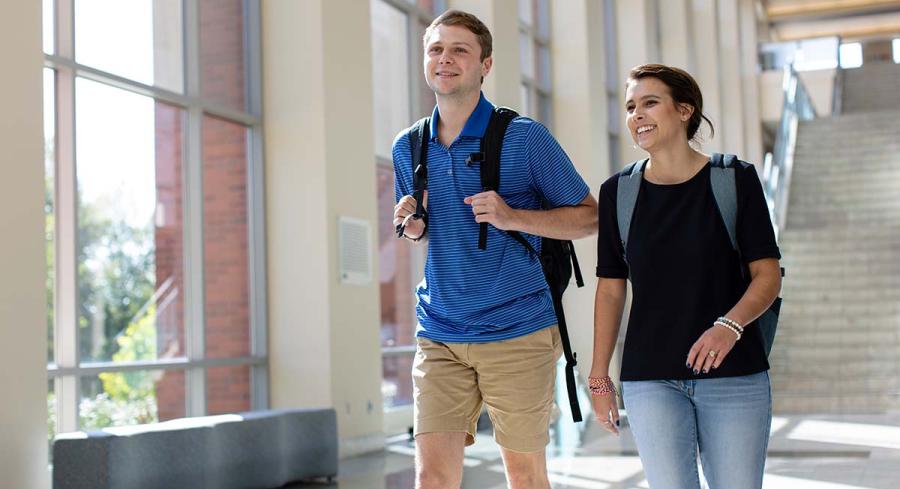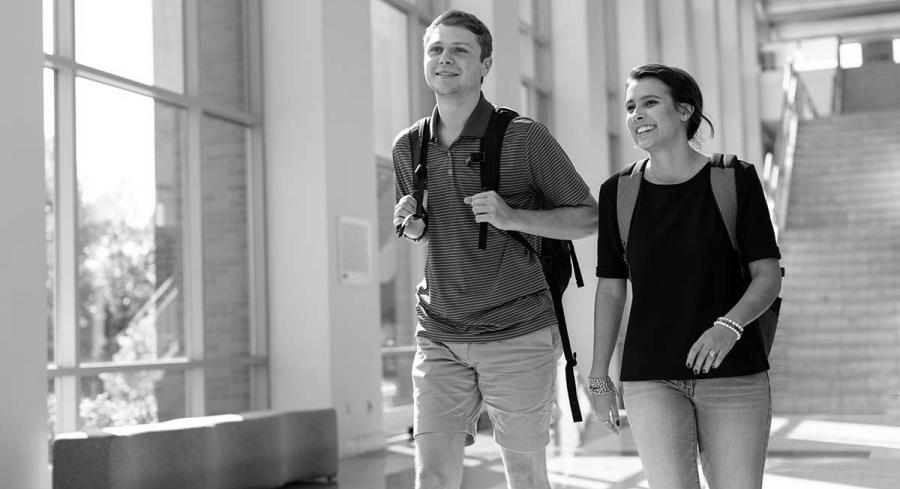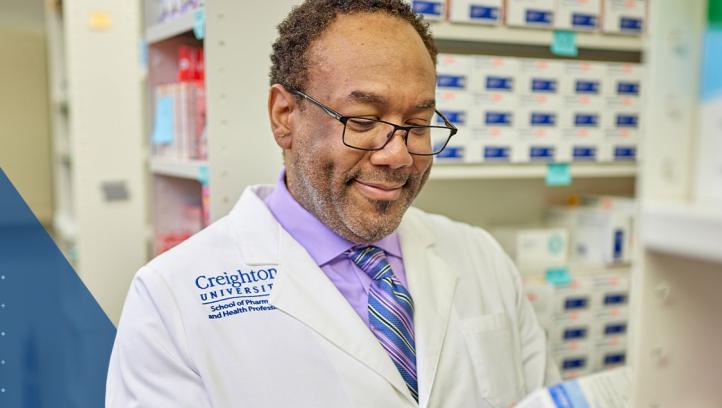
8 Things the Best DPT Programs Have in Common
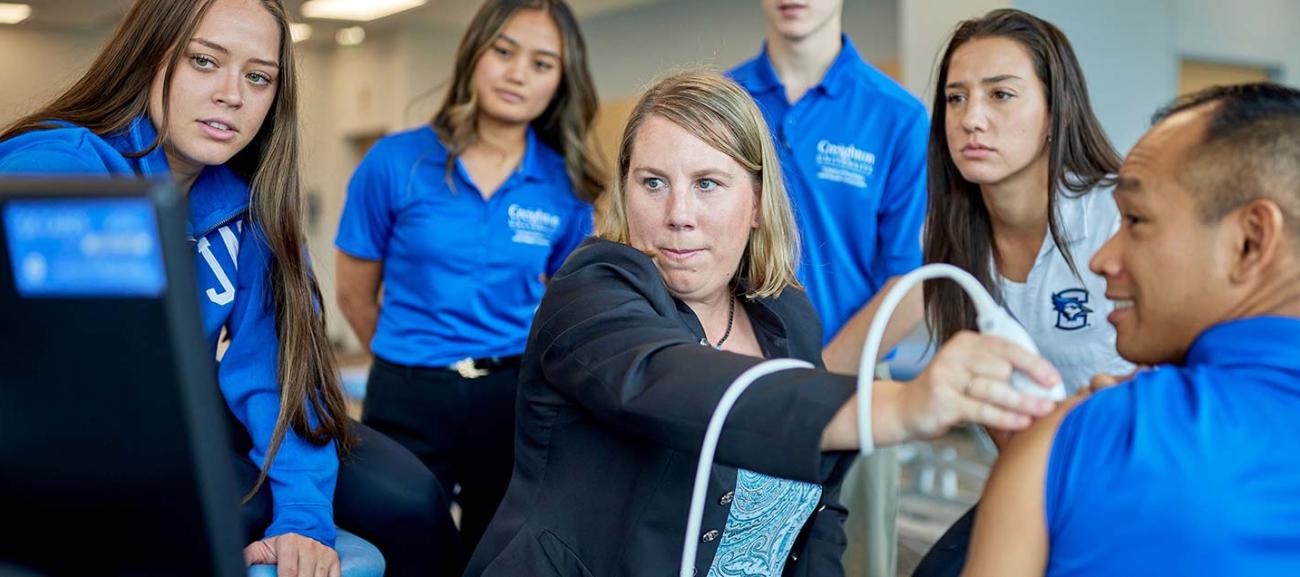
Are you interested in the field of physical therapy (PT) but not sure what to look for in a Doctor of Physical Therapy (DPT) program? This training requires a significant investment of time and money, so it’s important to do your research and make an informed decision.
We enlisted the expertise of Dr. Gail Jensen, vice provost for Learning and Assessment, dean emerita and professor of physical therapy at Creighton University, to help us compile a list of qualities the best DPT programs share. Consider the factors below when evaluating your options.
8 features the best physical therapy programs share
As you begin planning your next steps toward becoming a physical therapist, you’ll want to ensure you’re selecting a program that can set you up for success. When searching for the top PT programs, keep an eye out for the following characteristics:
1. Extensive clinical education and experience
High-quality DPT programs provide ample opportunities for students to gain practical experience through clinical rotations, internships and on-campus clinics. This hands-on training allows students to apply their knowledge in real-world settings under the guidance of experienced practitioners.
At Creighton University, for example, clinical education and experiential learning are fundamental factors of the DPT programs. In addition to structured lab work within the classroom, students participate in community-based activities health promotion events starting in the first semester.
By the time they graduate, Creighton physical therapy scholars will have completed four full-time professional practice clinical rotations for a total of 44 weeks of experiential education. This makes them confident and capable of entering the field upon graduation, according to Dr. Jensen.
2. Research opportunities and integration of technology
In the modern healthcare landscape, it’s essential to recognize the impact and importance of research and technology. The best physical therapy programs are ones that keep up with cutting-edge tools, integrate them into the curriculum and teach students how to use them effectively.
Creighton provides plenty of opportunities, resources and mentorship to DPT students interested in conducting research projects and contributing to the advancement of the field. With rehabilitation science research labs on both the Phoenix and Omaha campuses, students have access to state-of-the-art resources such as:
- 3D virtual reality projection
- Accelerometers and footswitch systems
- Electrical muscle stimulators (Digitimer)
- Reflex electrophysiology (M-response, H Reflex)
- Infrared motion capture systems (Qualisys)
- Transcranial magnetic stimulation and transcranial direct current stimulation (Magstim, Fisher Wallace)
- Visual 3D motion analysis software (C-motion)
- Instrumented treadmill
- ZeroG robotic weight support system
- APDM Opal Moveo Explorer motion analysis system
Not all equipment is available on both campuses, but students in either location can expect to acquire hands-on training with innovative research equipment throughout their program.
“Research is a strength of ours at Creighton,” Dr. Jensen shares. “We cover a lot of breadth and depth. Our research specialties include clinical, education, orthopedics, neurology, sports and more.”
3. Strong clinical partnerships
Another sign of a top DPT program is a plethora of partnerships with reputable healthcare facilities, hospitals and clinics. High-quality clinical placements are an incredibly important and formative learning opportunity for physical therapy students. And strong affiliations ensure that students have access to a diverse patient population and learn from skilled clinicians in a variety of settings.
“Everything happens in this world because of relationships,” Dr. Jensen says. “We view our partnerships with clinics as a shared responsibility and work hard to pair students with the right opportunity.”
Creighton’s Departments of Physical Therapy have active affiliations with over 400 clinical partners across the country. Our faculty on each campus work closely with our students to determine what opportunities best fit their educational and professional goals.
4. Capable and caring faculty
“What makes or breaks a program is the people. We have a diversity of talent and expertise in our faculty that is second-to-none,” Dr. Jensen affirms. “Our academic and clinical missions are united around creating high-quality, competent graduates.”
Creighton University’s core physical therapy faculty includes 16 board-certified clinical specialists and 16 PhD/EdD faculty members who contribute expertise and mentorship in a variety of research areas. Multiple workgroups from within the faculty consistently engage in educational research exploring the teaching and learning process, particularly in clinical reasoning, across the continuum of PT education.
Not only are these faculty members dedicated to advancing the profession, but they’re also devoted to helping equip and empower the next generation of physical therapists. You want to find a DPT program whose instructors are truly invested in the success and well-being of their students—and that’s exactly what you’ll find at Creighton.
5. Interprofessional collaboration
Physical therapy often involves working closely with other healthcare professionals to provide comprehensive care. The best DPT programs promote collaboration and offer opportunities to interact with students and faculty from other disciplines like medicine, nursing and occupational therapy.
“Creighton has been a leader in interprofessional collaboration for over 15 years, not just at the PT level but the entire school,” Dr. Jensen explains. She goes on to highlight that the school is home to the Center for Interprofessional Practice, Education and Research (CIPER), an innovative enterprise that ensures students of health sciences are prepared to collaborate and share knowledge with other health professionals in their future careers. CIPER leadership, faculty and students are actively contributing to new knowledge in the field of interprofessional research with a special focus on health sciences.
6. Accreditation and high licensure exam pass rates
Top DPT programs can be measured by the pass rates of their graduates on licensure exams. Consistently high pass rates indicate the effectiveness of their approach to preparing students for professional practice.
Creighton’s Doctor of Physical Therapy program in Omaha was the first of its kind offered in the nation. Our history of excellence and leadership in the PT field is evident in the numbers:
- 98% Average pass rate on the National Physical Therapy Exam (2021/2022)
- 100% Graduation rate for the past 2 years
- $77K+ Starting salary for most of our graduates
Our Omaha DPT program is also accredited by the Commission on Accreditation in Physical Therapy Education (CAPTE), which indicates that it meets or exceeds the standards for quality set by the profession. The Phoenix DPT program has been granted Candidate for Accreditation status with commendation by CAPTE.*
7. Robust student services and resources
Succeeding in professional school can be a whole lot easier with comprehensive support at the institutional level. All Creighton students, including those at the graduate and professional levels, have access to expert academic success coordinators and career advisors. Creighton DPT students are also assigned a faculty advisor and clinical education advisor upon enrollment.
Students also benefit from learning communities where small groups of students are paired with assigned faculty members. This structure provides unique learning experiences as well as opportunities for social interaction and relationship building, aligning with Creighton’s Jesuit value of Cura Personalis in caring for the whole person – mind, body and spirit.
“We see ourselves as coaches in a lot of ways, because we are training our future colleagues,” Dr. Jensen says. She encourages students to reach out as soon as they feel they are struggling and insists there’s almost always a way to solve whatever problem they are having.
8. Residency programs
Residencies offer hands-on training in a structured, rigorous and supervised learning environment. This helps physical therapists transition from entry-level practitioners to specialized professionals. The best DPT programs have opportunities for students to advance their education even further by specializing in a particular area of practice.
Creighton’s Omaha Department of Physical Therapy offers six residency options:
- Geriatric Residency
- Neurologic Residency
- Orthopedic Residency
- Pediatric Residency
- Sports Residency
- Women’s Health Residency
DPT residency programs play an important role in advancing the profession, improving patient care and promoting ongoing professional development.
Find the best DPT program for you
When it’s all said and done, the best physical therapy program is the one that aligns with your personal and professional goals. If you’re looking for high-caliber programs with a meaningful mission, look no further than Creighton University.
“At Creighton, our Jesuit values are absolutely foundational for preparing health professionals who are committed to social justice and treating the whole person,” Dr. Jensen shares.
Learn more about the Creighton difference and see if a Doctor of Physical Therapy degree is right for you.
*Candidate for Accreditation is an accreditation status of affiliation with the Commission on Accreditation in Physical Therapy Education that indicates the program may matriculate students in technical/professional courses. Achievement of Candidate for Accreditation status does not assure that the program will be granted Initial Accreditation.

